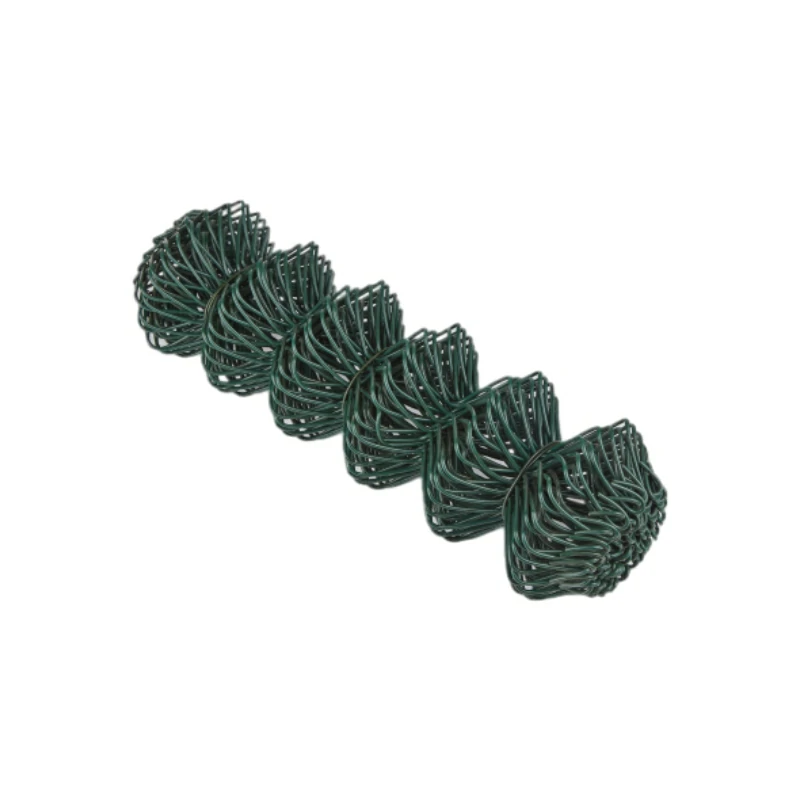Highway Sound Barrier Wall Design Balancing Safety, Aesthetics, and Effectiveness
As urban areas expand and highways crisscross through residential neighborhoods, noise pollution becomes a significant concern for local communities. The roar of traffic can lead to diminished quality of life, health issues, and decreased property values. In response to these challenges, highway sound barrier walls have emerged as a common solution. This article delves into the design aspects of these sound barriers, emphasizing the balance between safety, aesthetics, and effectiveness.
Understanding the Purpose of Sound Barriers
The primary function of highway sound barrier walls is to mitigate noise pollution originating from vehicular traffic. These barriers work based on the principles of sound absorption and reflection. Sound waves from traffic are blocked, reduced, or redirected, thereby diminishing their impact on adjacent properties. Effective sound barrier design considers the location, material, height, and geometry to enhance noise reduction capabilities.
Design Considerations
1. Height and Length The height of a sound barrier is crucial in determining its effectiveness. Taller barriers can block noise from a greater distance, but they must also be economically feasible and compliant with local regulations. The length of the barrier should extend beyond the sources of noise to create a more quiet environment. Engineers often use sound modeling tools to predict the effectiveness of various heights and lengths before construction.
2. Materials The choice of materials directly impacts the durability, effectiveness, and aesthetic appeal of sound barriers. Common materials include concrete, wood, and metal. Concrete and masonry walls are admired for their sturdiness and noise reduction efficiency, while wood offers a more natural look that may be preferred in residential areas. Emerging materials such as recycled plastic composites or transparent noise barriers provide innovative options, allowing for aesthetic flexibility while maintaining sound insulation properties.
highway sound barrier wall design

3. Aesthetics A sound barrier's appearance plays a vital role in its acceptance by the community. Barriers should not only be functional but also visually appealing. Integrating landscaping elements, artistic designs, or decorative patterns can enhance the visual impact. Moreover, barriers can be painted in shades that blend harmoniously with the environment, helping them to blend in rather than stand out.
4. Drainage and Maintenance Proper drainage is crucial to the longevity of sound barriers. Designing effective drainage systems prevents water accumulation, which can weaken the structural integrity over time. Additionally, maintenance plans should be established to ensure the barrier remains effective and visually appealing. Regular inspections can identify wear and tear, ensuring that sound barriers continue to perform as intended.
5. Environmental Impact The construction of sound barriers may not only affect noise levels but can also have implications on local wildlife and vegetation. Designers must consider the ecological footprint of their projects and aim for solutions that respect the surrounding environment. For example, using natural materials or setting barriers back from natural habitats can minimize disruption.
Conclusion
In the realm of urban planning and environmental management, highway sound barrier wall design encapsulates a multifaceted challenge enhancing community well-being while minimizing environmental impact and ensuring aesthetic appeal. By focusing on height, materials, aesthetics, drainage, and environmental considerations, engineers can devise sound barriers that effectively reduce noise pollution without compromising the beauty and function of the surrounding landscape.
As cities continue to grow and evolve, the importance of thoughtful highway sound barrier design will only increase. Striking the right balance can transform the auditory landscape of neighborhoods, enabling communities to thrive amidst the hustle and bustle of modern transportation systems.
-
Why Galvanized Trench Cover Steel Grating Resists Corrosion
NewsJul.10,2025
-
The Versatility and Strength of Stainless Expanded Metal Mesh
NewsJul.10,2025
-
Load Calculations in Steel Grating Platforms
NewsJul.10,2025
-
Keeping Pets and Kids Safe with Chicken Wire Deck Railing
NewsJul.10,2025
-
Hole Diameter and Pitch for Round Perforated Metal Sheets
NewsJul.10,2025
-
Aluminium Diamond Mesh in Modern Architecture
NewsJul.10,2025
Subscribe now!
Stay up to date with the latest on Fry Steeland industry news.

